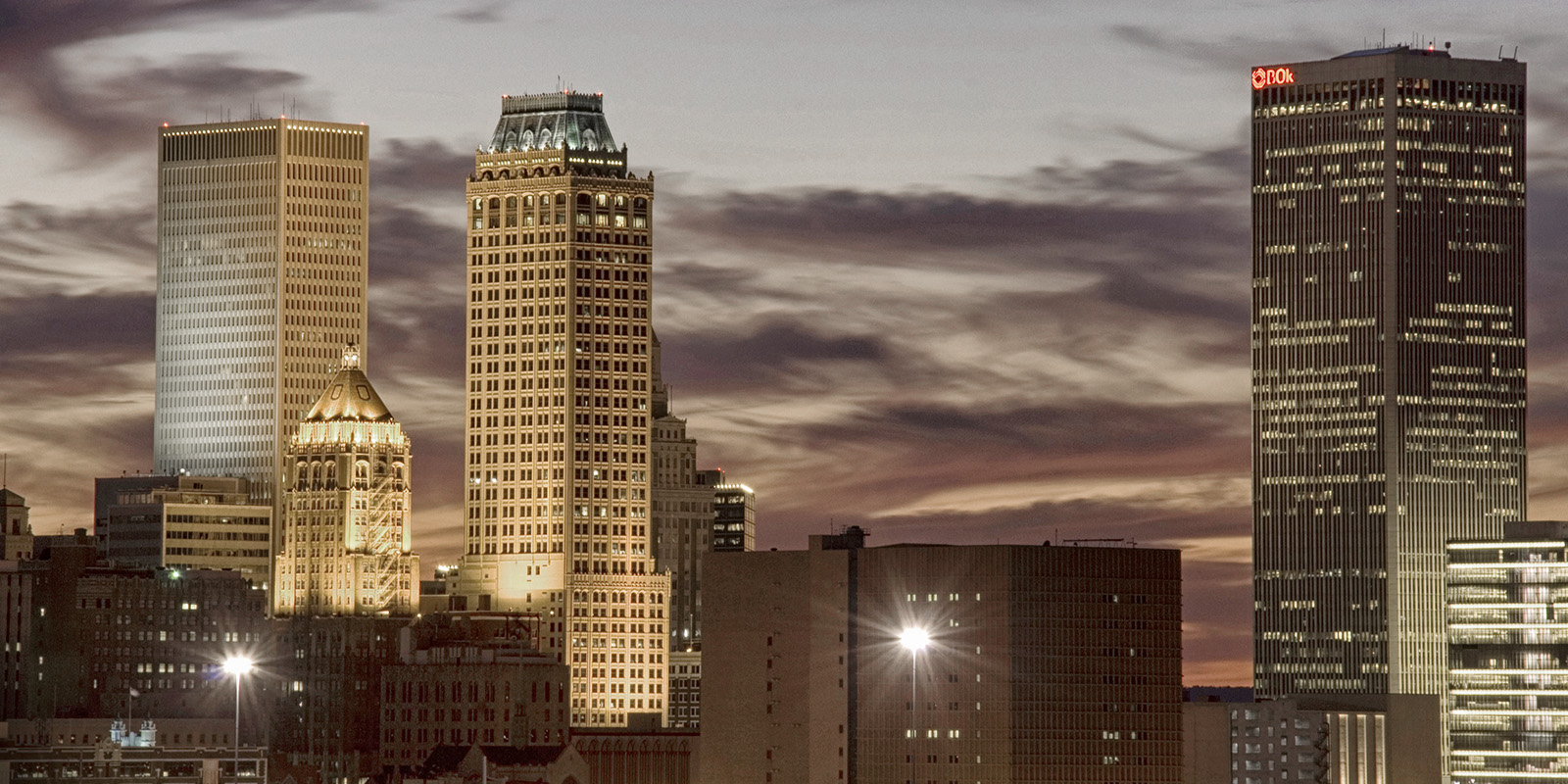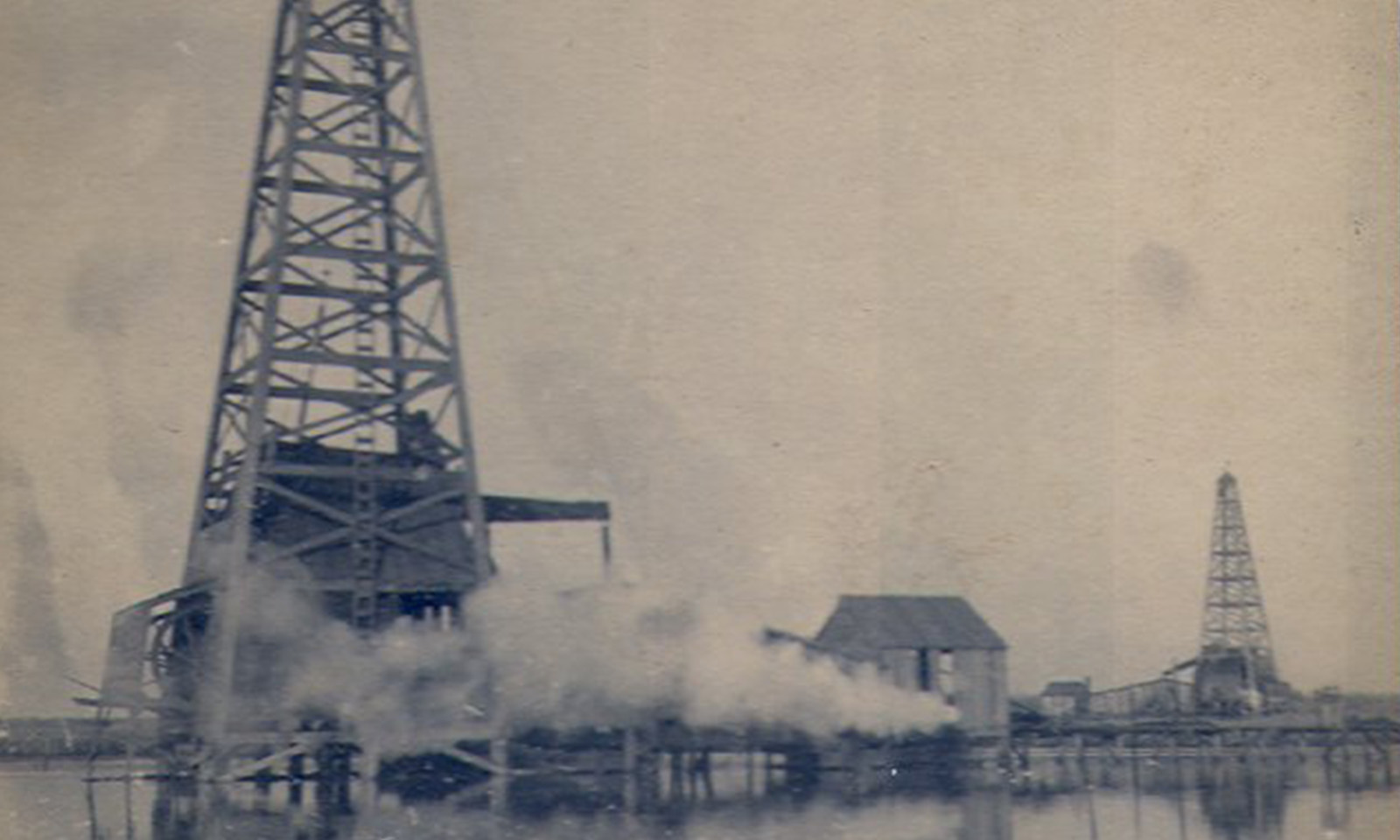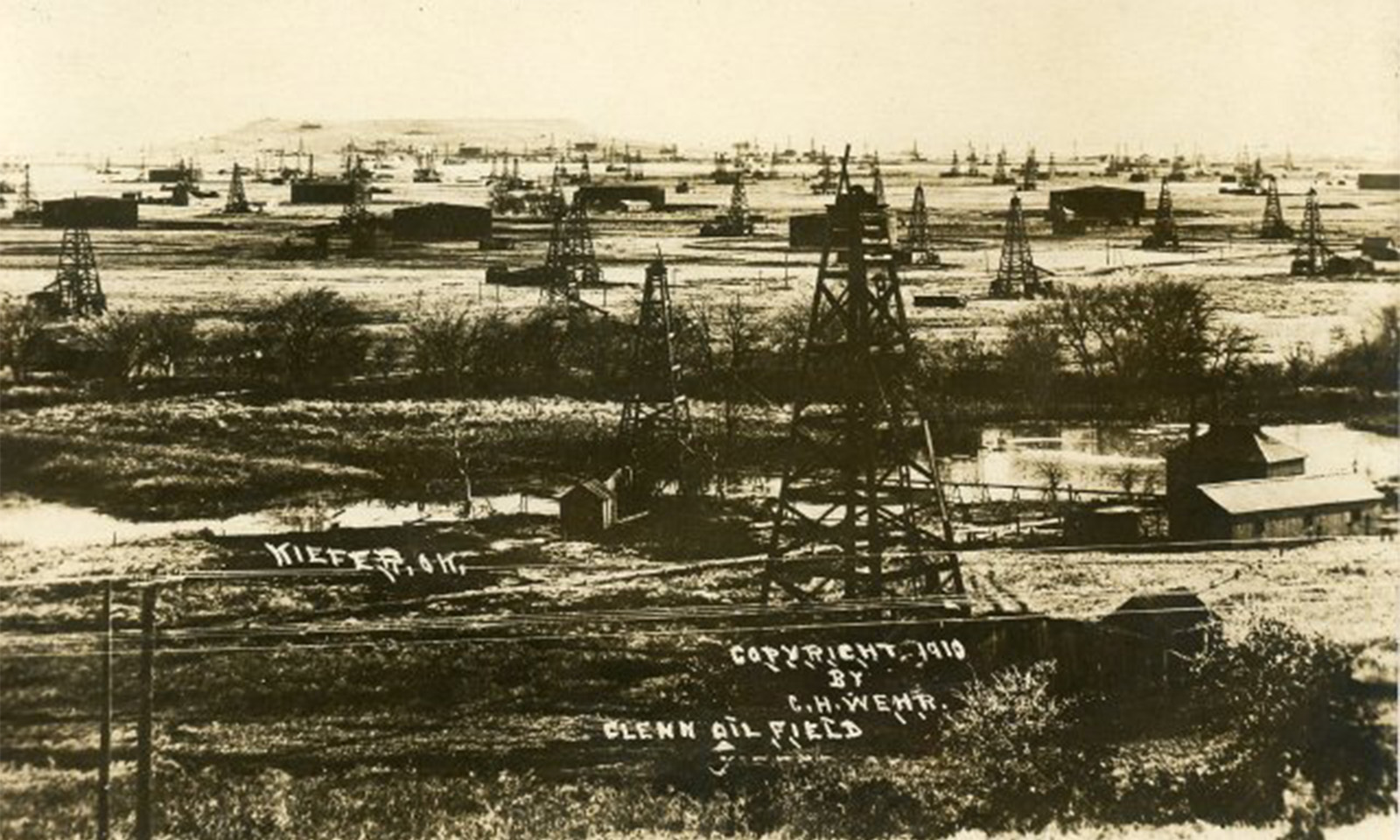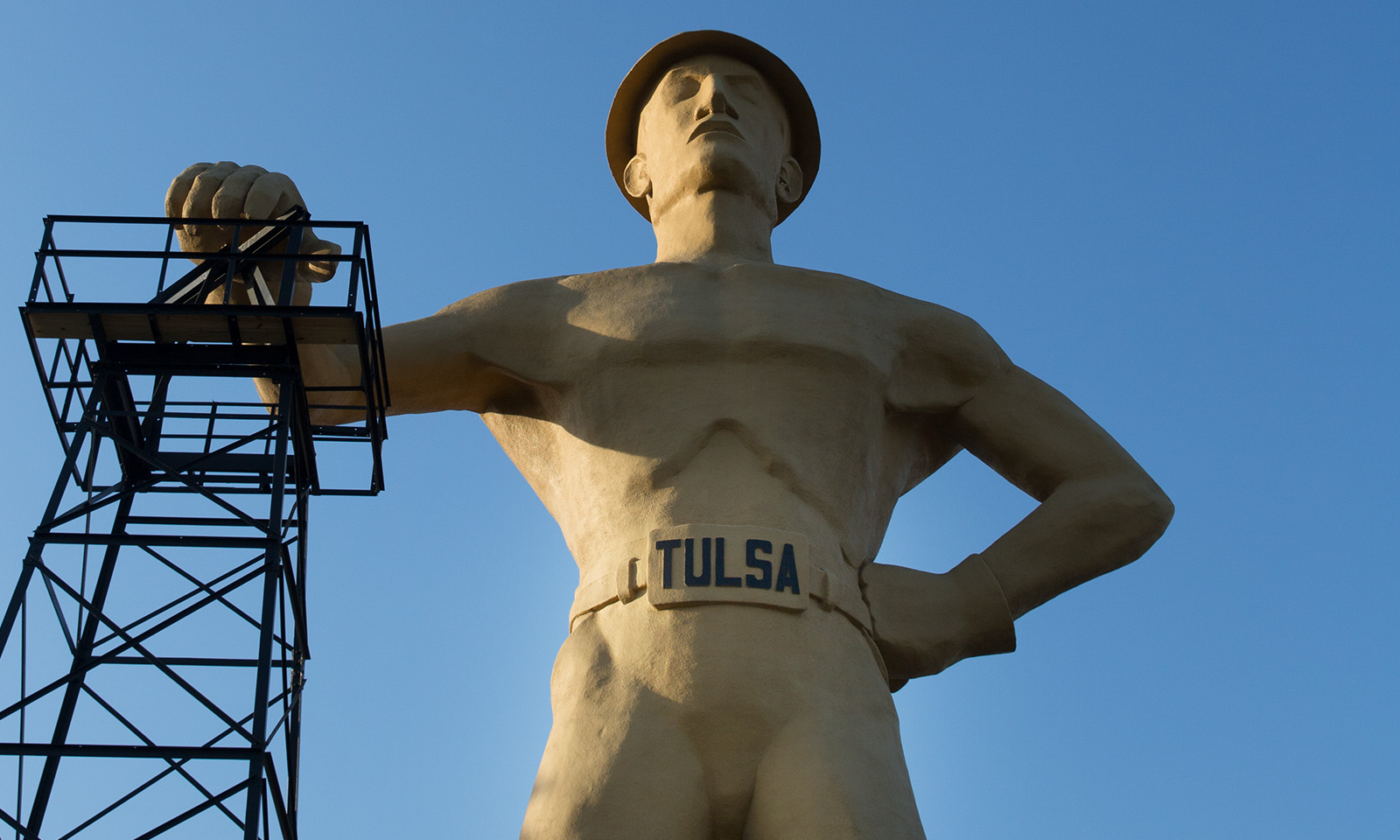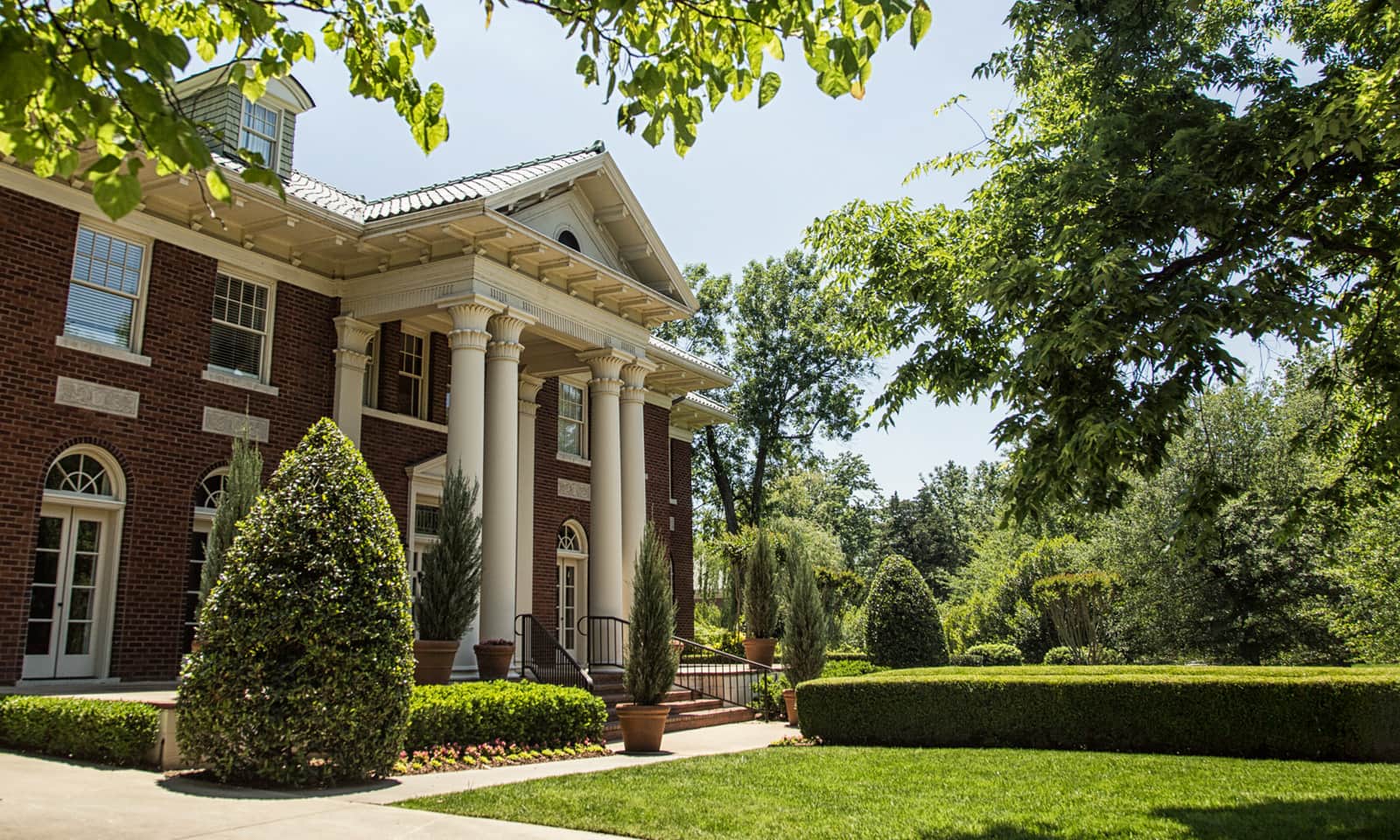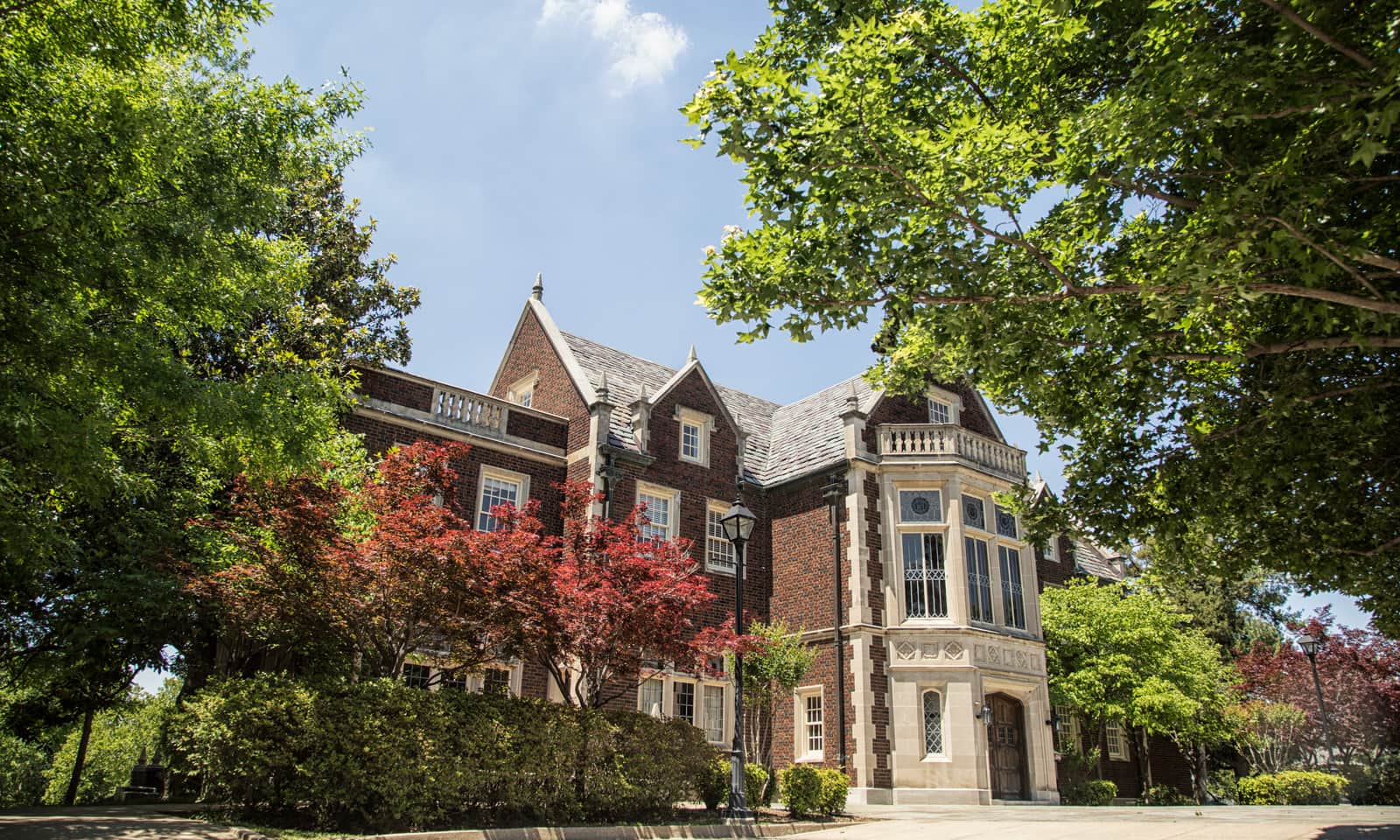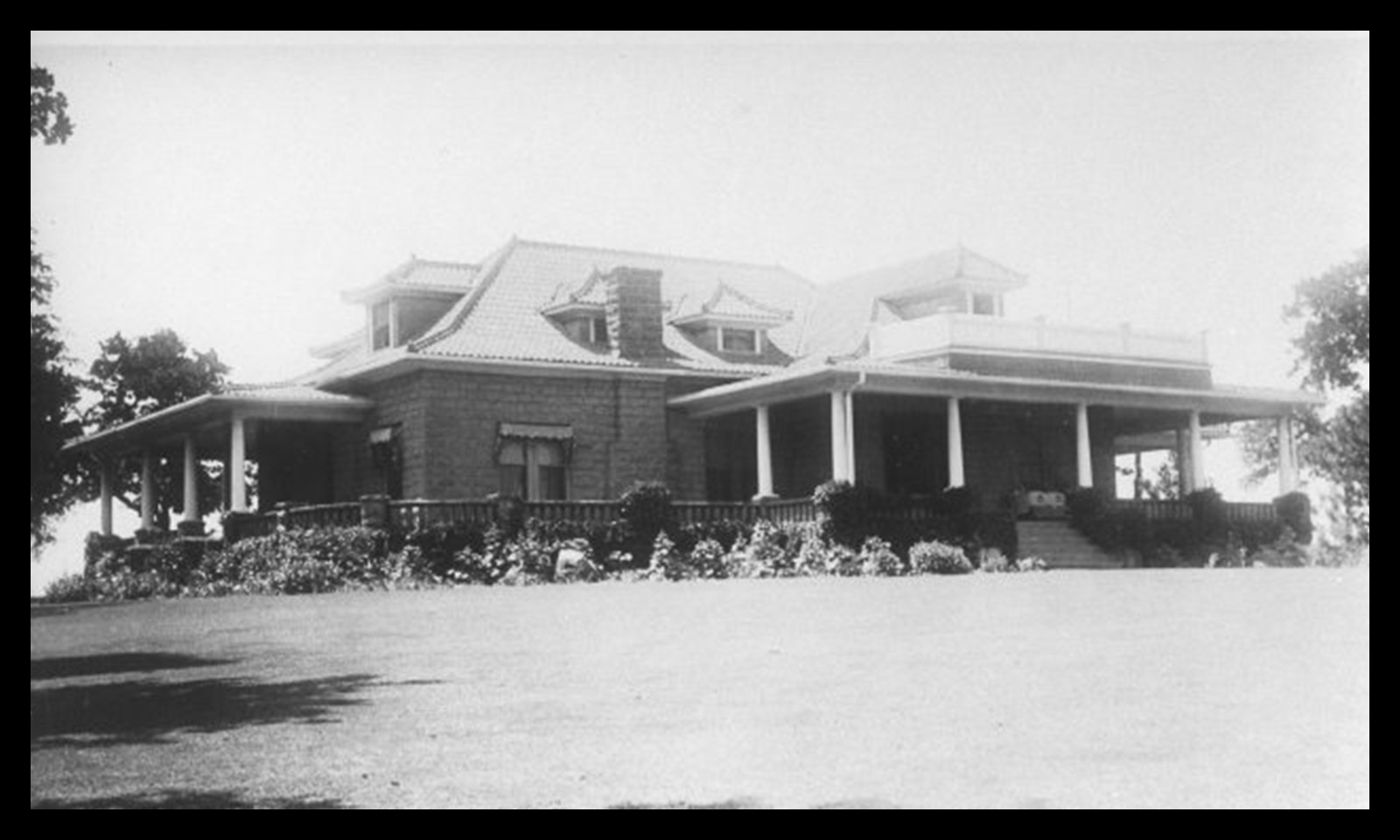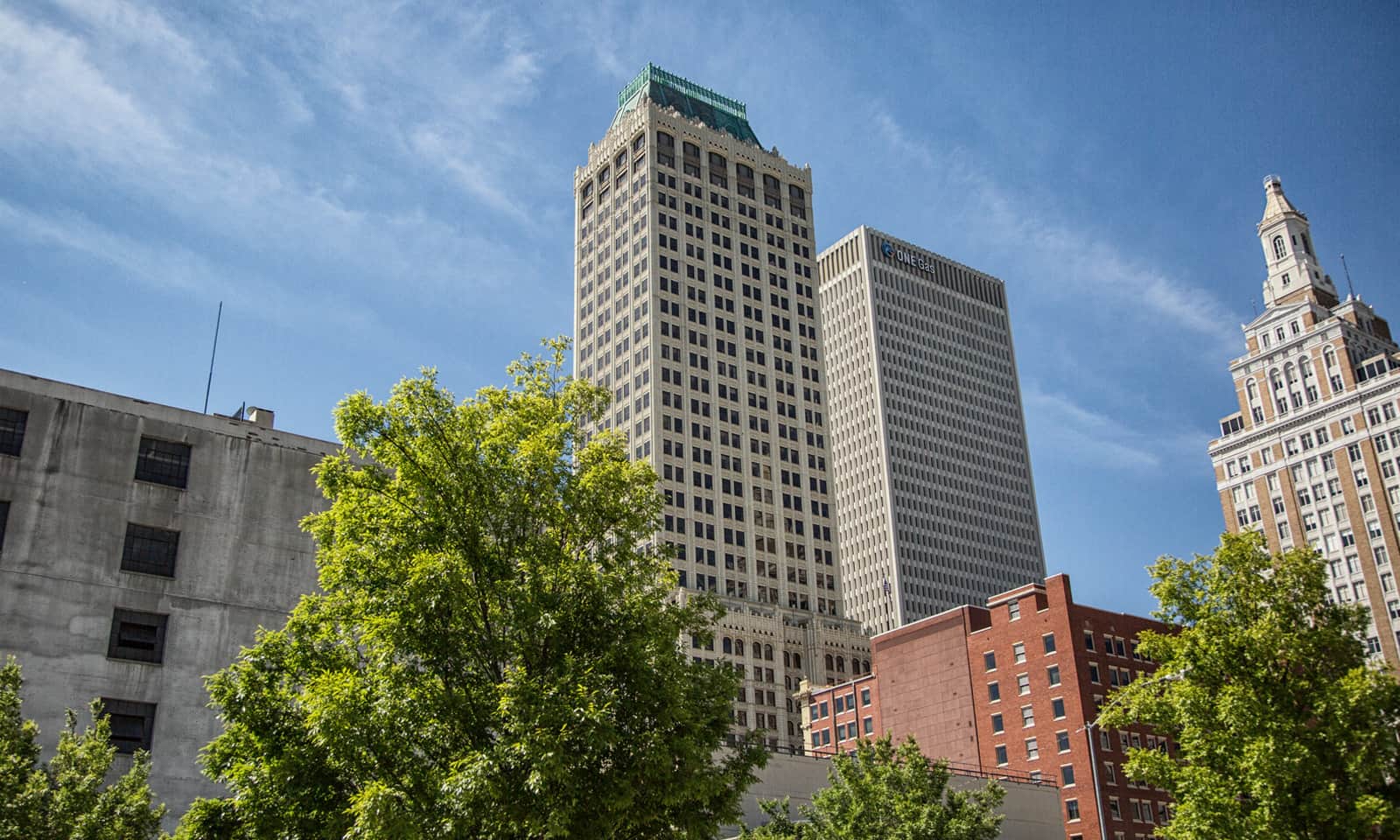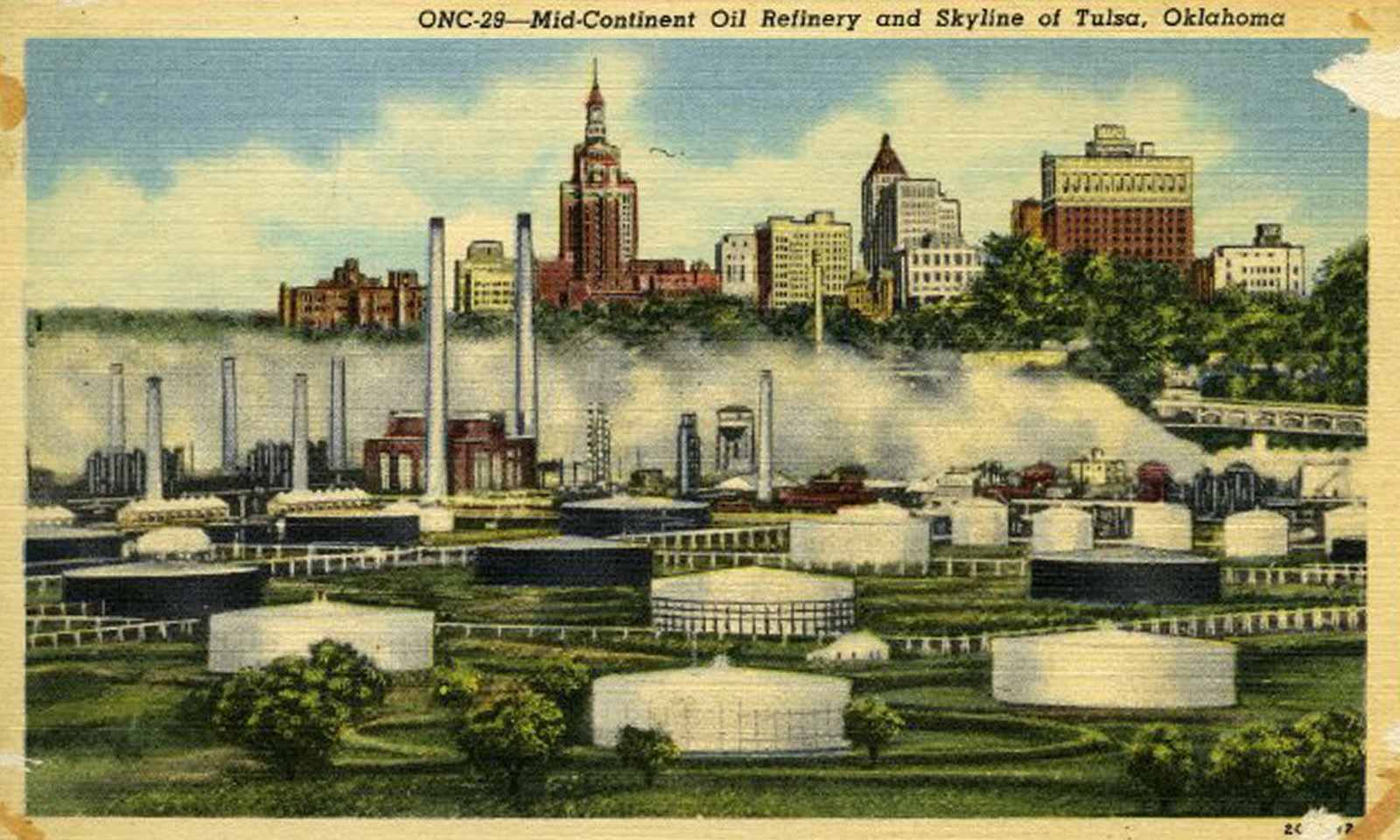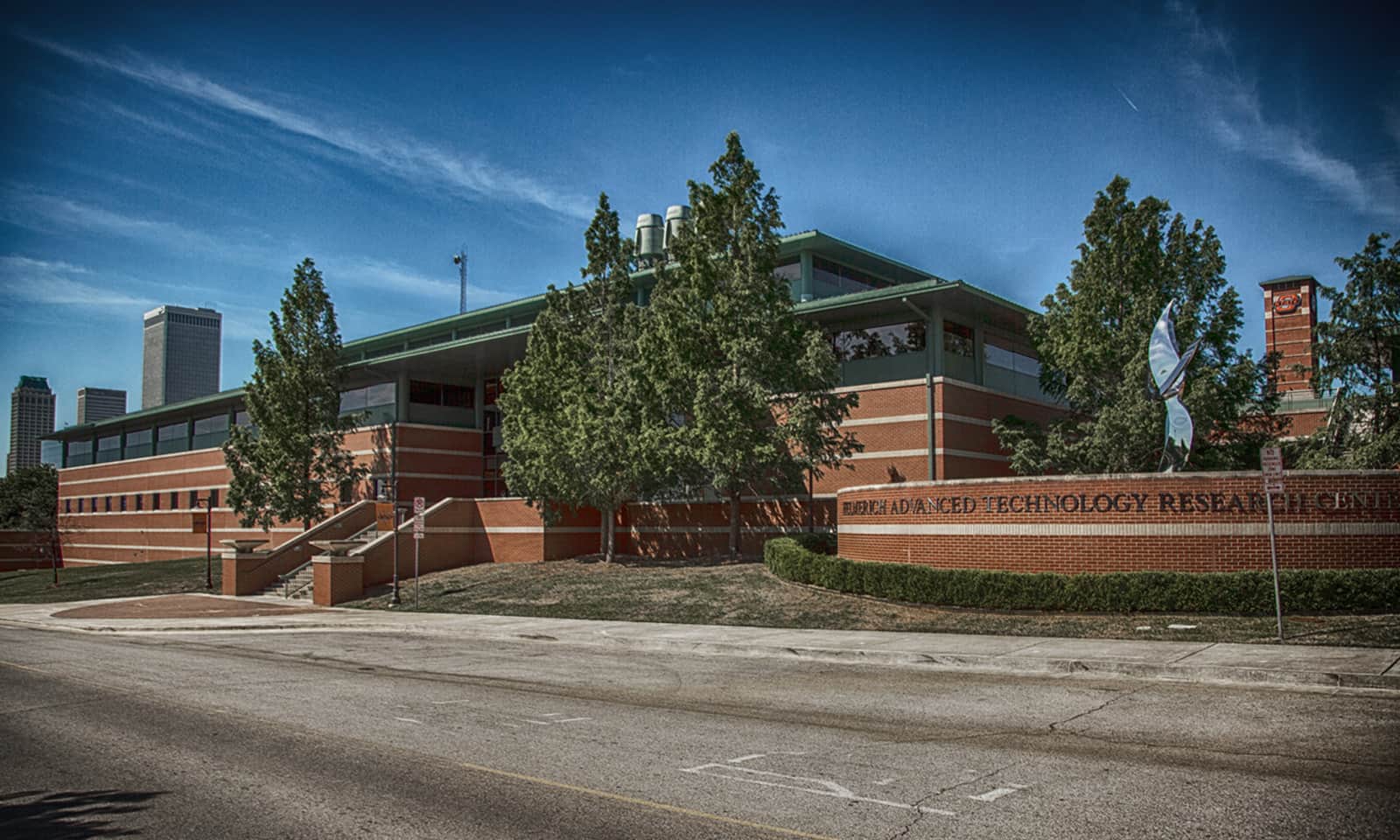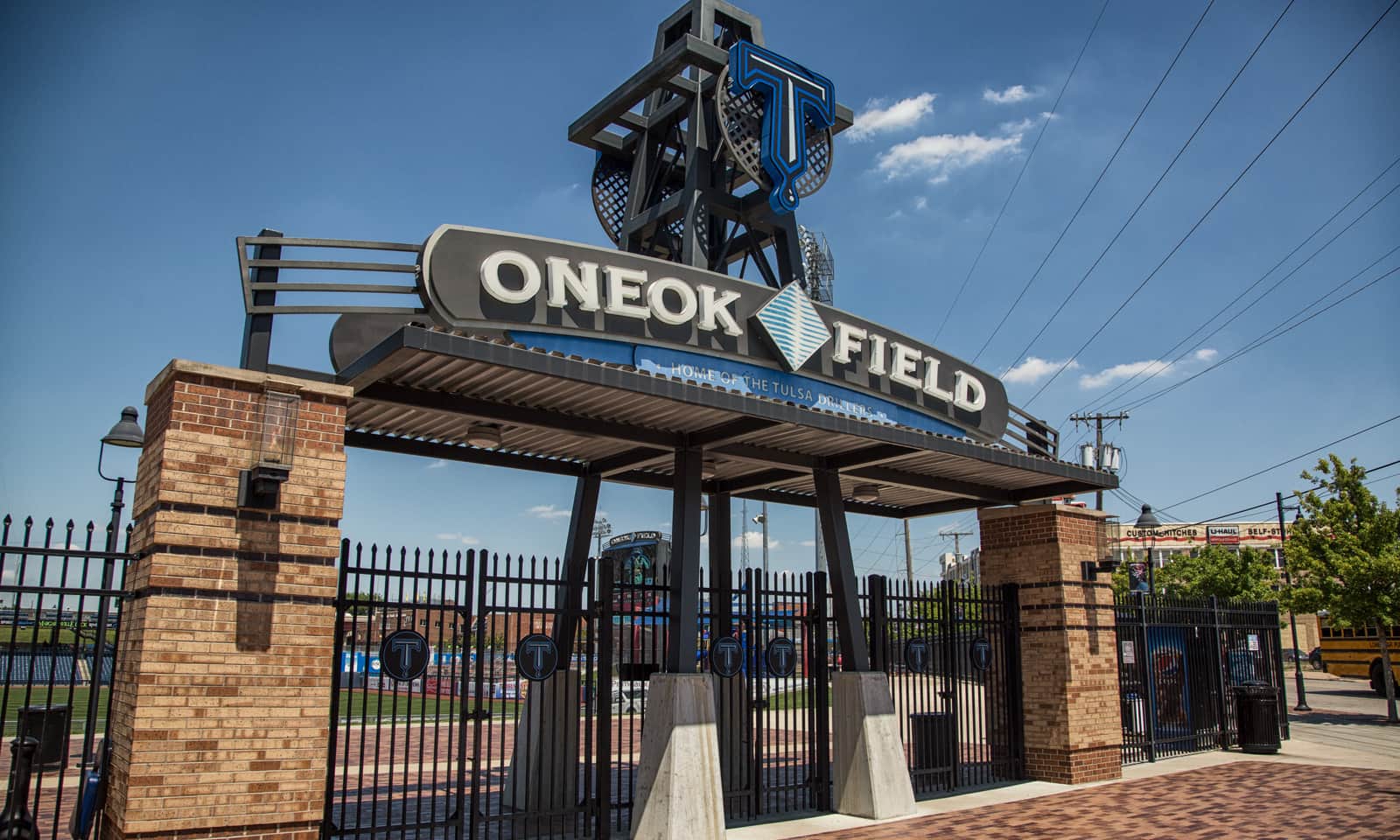In 1901, Tulsa County’s first successful well struck oil at Red Fork, just across the Arkansas River from the city. Though it produced less than 10 barrels per day, this event made national headlines that began an unstoppable rush of speculators, the likes of which had not been seen since the California Gold Rush of 1848.
But it was the discovery well drilled in the Glenn Pool on November of 1905, 12 miles southwest of town, that secured Tulsa’s right to call itself Oil Capital of the World. The Glenn Pool field was the first of several strikes in Oklahoma that would shape the future of the city and the state for the next several decades.
By the time Oklahoma became America’s 46th state in 1907, more than 100 oil companies were operating in the Glenn Pool oilfield alone.
THE CENTERPIECE OF A VIBRANT INDUSTRY
Tulsa quickly became the undisputed economic and cultural beneficiary of the state’s newest industry. Many international petroleum associations and geological societies chose Tulsa as their headquarters. In 1923, Tulsa hosted the first International Petroleum Exposition, which eventually became the world’s largest trade show. The 75-foot Golden Driller still proudly stands as the symbol of the industry that put Tulsa and Oklahoma on the map.
THE GRAND RESIDENCES OF TULSA’S OIL MAGNATES
Prominent oilmen such as J. Paul Getty, William G. Skelly, James A. Chapman, Waite Phillips, Harry Sinclair, William K. Warren and many others got their start at Glenn Pool. For years, these men and their fortunes were inextricably tied to Tulsa. Drive through midtown and you will see numerous grand homes built by the city’s oil tycoons in the early twentieth century.
The Skelly Mansion was the home of oilman William G. Skelly. It was placed on the National Register of Historic Places in 1978. Just a mile west is Harwelden, built by oilman Earl Palmer Harwell and his wife Mary in the mid-1920s. The home is notable as the city’s only example of collegiate gothic English Tudor architecture.
One of the most successful oilmen of the period, Waite Phillips, and his wife Genevieve built Philbrook, a lavish, Italianate Villa in Midtown Tulsa. In 1938, they donated the structure and grounds to the city as a museum.
Another prominent Tulsa oilman, Thomas Gilcrease, amassed one of the nation’s most extensive collections of art of the American West. Visitors can see it proudly displayed at the Gilcrease Museum.
THE SKYLINE THAT OIL & NATURAL GAS BUILT
The oil boom generated incalculable prosperity for Tulsa that remains evident to this day. Some of the nation’s most beautiful examples of Art Deco architecture grace the skyline, along with the city’s most prominent modern structures.
The BOK Tower, formerly One Williams Center, remains Tulsa’s tallest building. The Williams company, much like Tulsa itself, has long since diversified its operations in order to adapt to changing times. To accommodate an increasingly digitally-based future, fiber optic cables were ran through decommissioned pipelines, which greatly assisted the modern telecommunications industry.
A LEGACY OF GIVING BACK
The names of Tulsa’s original oilmen and their descendants can be found on medical complexes, libraries, university buildings and public parks throughout the city and the surrounding area. Their fortunes have become foundations that will continue to benefit Tulsans for many generations to come.
A PROUD PAST LEADING TO A BRIGHT FUTURE
Oil and natural gas continues to play a significant role in Tulsa’s economy. Williams, ONEOK, Helmerich & Payne, and many other petroleum companies remain headquartered in Tulsa, close to their roots. The lasting impact of Tulsa’s oilmen on the thriving city where it all began more than a century ago cannot be overstated.

